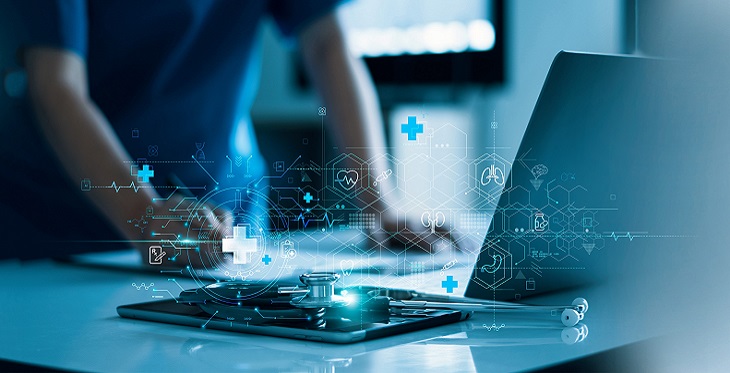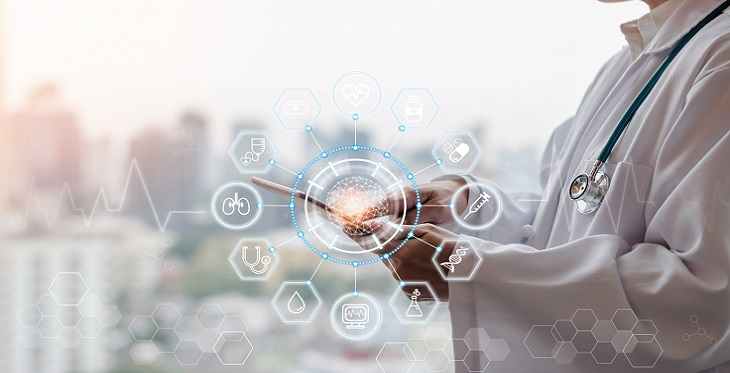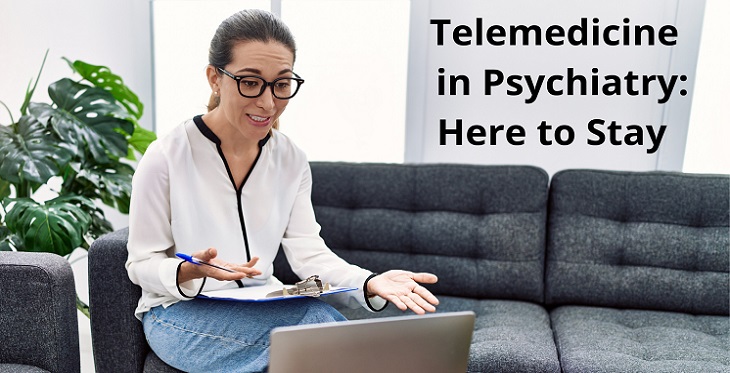The Arizona Telecommunications and Information Council (ATIC) has had an important and impactful vision for over 35 years -that all Arizona citizens, businesses, schools, organizations, and communities have access to high-capacity Internet and the tools, technologies, and skills to participate effectively in the networked world. Telecommunications and telehealth go hand-in-hand, so over the past 25 years I have been a member of and currently serve as an active board member of ATIC.
mHealth
We read with interest the blog by Paul Sun on June 23, 2022. The blog’s value in acknowledging the upcoming importance of artificial intelligence (AI) in telehealth is high, however, the title and further application to only physicians, requires further thought.
The opening two paragraphs introduce AI as a powerful tool for “physicians” and “the entire” healthcare industry to improve patient care as healthcare turns to telehealth and telemedicine services. This statement appears to include nurse practitioners (NP) (as well as many other types of healthcare providers) as part of “the entire” healthcare industry. Yet, in 2022, there were at least 355,000 NPs with an estimated 1.06 billion patient visits yearly. Eighty-nine percent of NPs are primary care providers. They are required to “make data-driven decisions to improve patient experience and health outcomes”, just like physicians. Professionals with these responsibilities and this degree of outreach are acknowledged as “healthcare providers”. This could be surmised as an error in word choice; however, the blog further discusses how the use of AI in telehealth will support “physicians”.
As more and more people turn to telehealth services for care, it is becoming increasingly important for physicians and the entire healthcare industry to have access to technology that can help improve patient care. Luckily, artificial intelligence (AI) is quickly emerging as a powerful tool that can do just that.
Artificial Intelligence (AI) is being increasingly used in telemedicine to allow doctors to make more data-driven, real-time decisions that may improve the patient experience and health outcomes by allowing them to work more toward virtual care alternatives throughout the care continuum.
According to a study from MIT, 75% of healthcare facilities that utilized AI reported improved capacity to manage illnesses, and 4/5 said it aided in reducing employee fatigue. AI in healthcare is a promising strategy for the future of medical delivery, given that Covid-19 places a strain on both industries--the amount of patient data analysis, and the number of people who need medical attention.
Before the pandemic, Amy Hu, MD, a psychiatrist with Banner Health and a UArizona College of Medicine Clinical Assistant Professor of Psychiatry, had not utilized telemedicine to see her patients. She says she viewed it as more of a niche application for other healthcare providers.
“I did have some misconceptions about what telehealth was like. I thought that patients may not feel as engaged or connected, or that it might feel a little unnatural compared to meeting in-person.”
However, with the COVID-19 shutdowns in March 2020, the shift to telemedicine was swift. “Our clinic went from seeing all patients in-person to exclusively telehealth almost overnight. Everyone had to adapt pretty quickly.”
During the COVID-19 pandemic, there has been a steady rise in telehealth use. By way of example; March 2020 saw telehealth visits increase by 154% compared to March 2019! While more recently, telehealth usage has decreased from all-time highs, it remains a convenient, and sometimes necessary option, particularly in rural communities where access to health care and public transportation may be limited. Even as telehealth presents an attractive option, a digital divide exists, particularly in rural communities, with Pew Research indicating nearly one-in-three households lack broadband access. With many communities possessing both a demonstrated need for telehealth, and persistent barriers to access, libraries stand poised to help.




